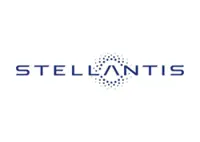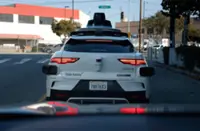A self-driving car from General Motors’ Cruise subsidiary in traffic in San Francisco. — dpa
SAN FRANCISCO: Google’s sister company Waymo and General Motors subsidiary Cruise have been given the green light to launch commercial robot taxi services in California.
Although this is a major step forward in the long-promised and much-delayed driverless mobility trend, California will – at least initially – still require that a safety driver is at the wheel at all times, regulatory authority CPUC announced at the start of March.
Already a subscriber? Log in
Save 30% OFF The Star Digital Access
Cancel anytime. Ad-free. Unlimited access with perks.





